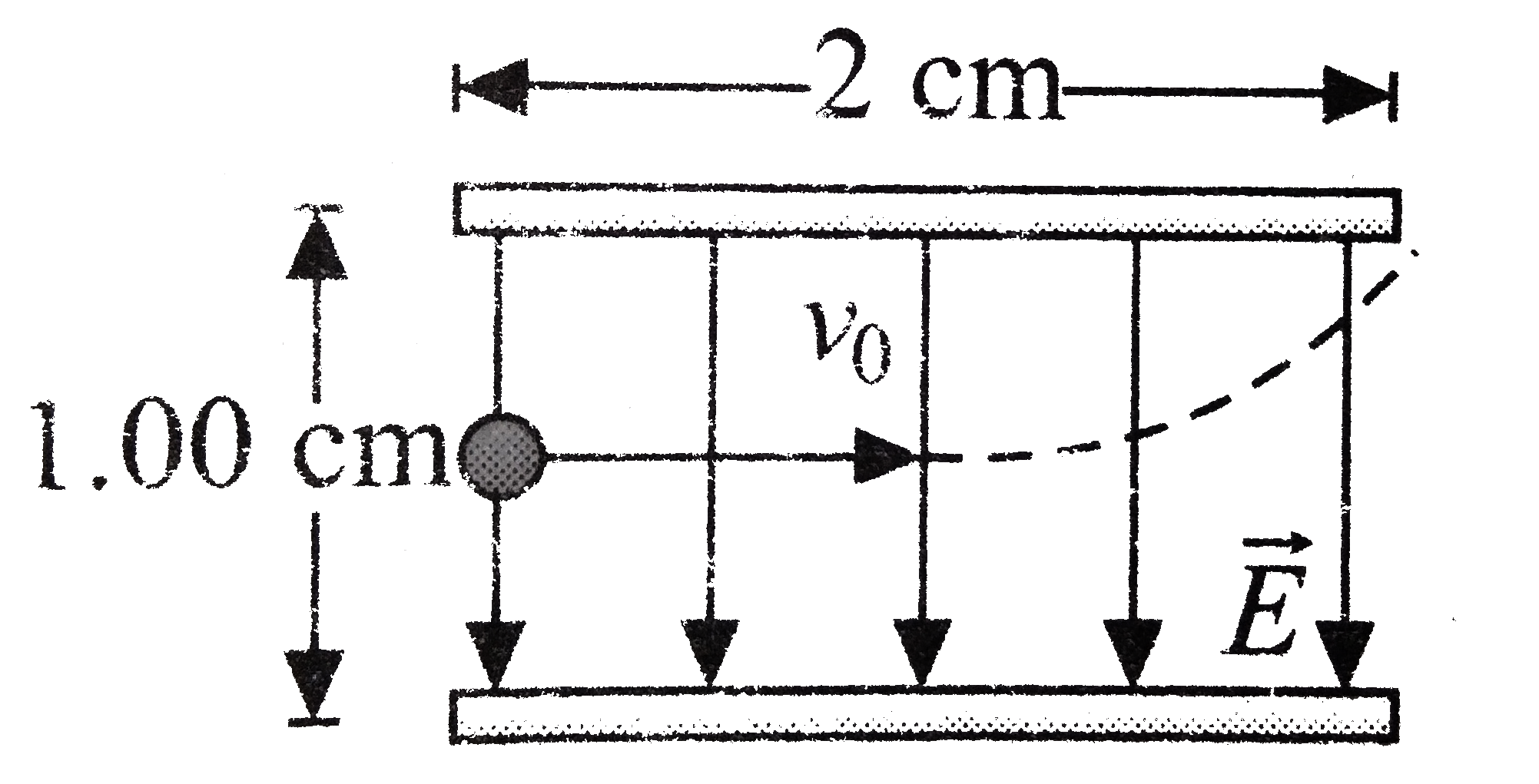How many protons weight 5kg? The mass of a proton is .
To find out how many protons weigh 5 kg, we can follow these steps:
Step 1: Understand the given information
We know the mass of a single proton is 1.67×10−27kg and we want to find out how many protons make up a total mass of 5 kg.
Step 2: Set up the equation
Let n be the number of protons. The total mass of n protons can be expressed as:
Total mass=n×mass of one proton
Thus, we can write:
5kg=n×(1.67×10−27kg)
Step 3: Solve for n
Rearranging the equation to solve for n:
n=5kg1.67×10−27kg
Step 4: Perform the calculation
Now we can calculate n:
n=51.67×10−27≈2.99×1027
Step 5: Round the answer
Since n represents the number of protons, we can round it to:
n≈3×1027
Final Answer
Thus, the number of protons that weigh 5 kg is approximately 3×1027.
---
We know the mass of a single proton is 1.67×10−27kg and we want to find out how many protons make up a total mass of 5 kg.
Let n be the number of protons. The total mass of n protons can be expressed as:
Total mass=n×mass of one proton
Thus, we can write:
5kg=n×(1.67×10−27kg)
Rearranging the equation to solve for n:
n=5kg1.67×10−27kg
Now we can calculate n:
n=51.67×10−27≈2.99×1027
Since n represents the number of protons, we can round it to:
n≈3×1027
Thus, the number of protons that weigh 5 kg is approximately 3×1027.
Topper's Solved these Questions
- UNITS AND MEASUREMENTBOOK - MODERN PUBLICATIONCHAPTER - UNITS AND MEASUREMENTEXERCISE - CONCEPTUAL QUESTIONS
27 Videos
- UNITS AND MEASUREMENTBOOK - MODERN PUBLICATIONCHAPTER - UNITS AND MEASUREMENTEXERCISE - TOUGH AND TRICKY PROBLEMS
6 Videos
- UNITS AND MEASUREMENTBOOK - MODERN PUBLICATIONCHAPTER - UNITS AND MEASUREMENTEXERCISE - CHAPTER PRACTICE TEST
15 Videos
- THERMAL PROPERTIES OF MATTERBOOK - MODERN PUBLICATIONCHAPTER - THERMAL PROPERTIES OF MATTEREXERCISE - CHAPTER PRACTICE TEST
15 Videos
- WAVESBOOK - MODERN PUBLICATIONCHAPTER - WAVESEXERCISE - CHAPTER PRACTICE TEST
14 Videos
Similar Questions
The radius of dees in a cyclotron is 1.9 m and the magnetic field applied on the cyclotron is 0.8 T. Calculate the energy gained by an emergent proton in cyclotron in keV. Mass of proton is 1.67×10−27 kg.
View SolutionFind the number of revolutions made by a proton in a cyclotron to attain one fourth of speed of light, if the maximum value of accelerating potential provided by the oscillator is 40 kV ? Take mass of the proton =1.67×10−27 kg .
View Solution
Knowledge Check
Calculate the awavength ( in naometer ) assoricatioed with a protojn moving at 1.0×103 (Mass of proton =1.67×10−27kg and h=6.63×10−34js) :
A0.0032nmB0.40nmC2.5nmD14,0mnA proton of eneergy 1 MeV described a circuler path in a plane at right angles to be a uniform magnetic field of induction 2π×10−4T. The mass of the proton is 1.7×10−27kg. The cyclotron frequency of the proton is very nearly equal to
A104HzB105HzC106HzD107HzFind the magnitude and direction of an electric field that will balance an alpha particle. The mass and charge of a proton are 1.67×10−27kg and 1.67×10−19C (take g = 9.9ms−2) :
A2×10−7N/C, vertically downwardsB2×10−7N/S, vertically downwardsC6×10−4N/C, vertically downwardsD6×10−4N/c, vertically upwards
A proton projected in a magnetic field of 0.04T travels along a helical path of radius 5.0cm (of projected circle) and pitch 20cm.Find the components of the velocity of the proton along and perpendicular to the magnetic field.Take the mass of the proton=1.6×10−27kg.
View SolutionMagnetic field applied on a cyclotron is 0⋅7T and radius of its dees is 1⋅8m. What will be the energy of the emergent protons in MeV? Mass of proton=1⋅67×10−27kg.
View SolutionCalculate the ratio between the wavelength of an electron and a proton, if the proton is moving at half the velocity of the electron (mass of the proton =1.67×10−27kg, mass of the electron=9.11×10−2m.
View SolutionFind the magnitude and direction of an electric field that will balance an alpha particle. The mass and charge of a proton are 1.67×10−27kg and 1.67×10−19C (take g = 9.9ms−2) :
View SolutionAn electron is projected with an initial speed v0=1.60×106ms−1 into the uniform field between the parallel plates as shown in fig. Assume that the field between the plates is uniform and directed vertically downward, and that the field outside the plates is zero. the electrons enters the field at a point midway between the plates. Mass of electron is 9.1×10−31kg.

The vertical displacement traveled by the proton as it exits the region between the plated is (mass pf proton is 1.67×10−27kg).
View Solution
